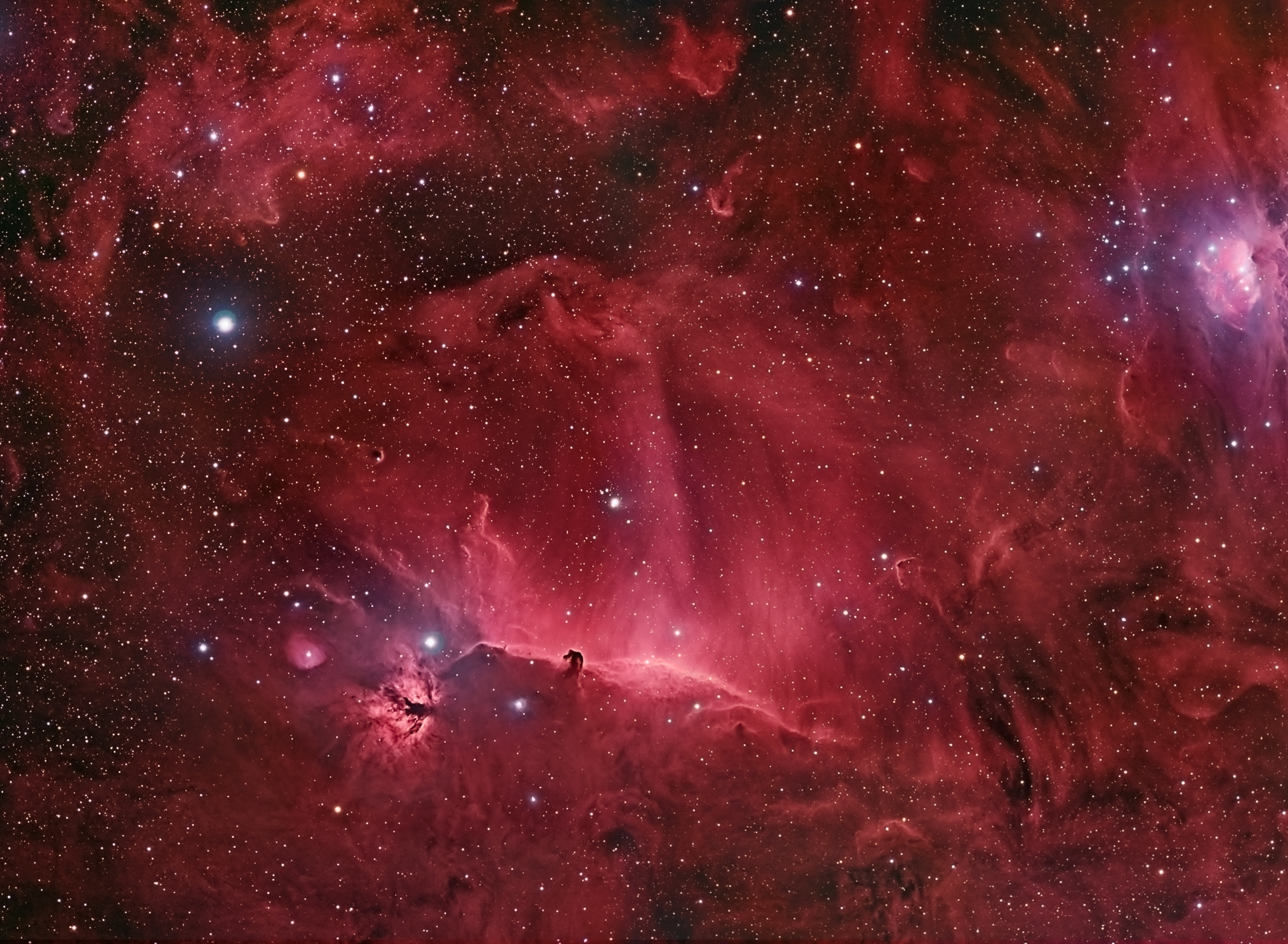The waning days of Summer are an excellent time to enjoy a view into the heart of the Milky Way Galaxy. We observe our own galaxy all around us in the night sky, and if you are in a reasonably dark location, you can see the band of stars that are the spiral arms of our own galaxy stretch across the sky. At this time of year, as the sky darkens after sunset, the Milky Way stretches high overhead, touching the southern horizon at the constellation Sagittarius. In fact, when you look due south toward that very constellation, you are looking toward the center of the galaxy. Not surprisingly, you also can see a lot of beautiful deep space objects, and with a pair of binoculars you can see many interesting objects, from clusters of stars to nebulae. The diagram gives you an idea of the richness of this part of the sky and galaxy, and even in city lights you will still be able to spot many of these objects. A telescope is fine to use as well, but I find that binoculars give you a big picture and are quite good for seeing the colors and breadth of many of the big nebulae in and around Sagittarius.
Six months from now, as the Earth swings around the Sun and our view of the night sky has shifted, we'll be pointing the opposite direction toward the 'antipode' of the Milky Way Galaxy, a much less interesting part of the sky (but still cosmically significant). So enjoy Sagittarius and the center of the galaxy while you can.









